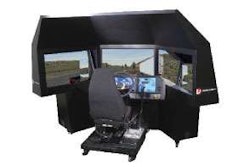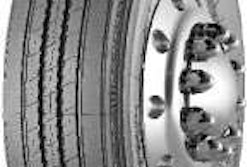The sixth in a series of quick peeks into the world of commercial vehicles through the lens of Commercial Carrier Journal
Restrospective 1960 – 1960
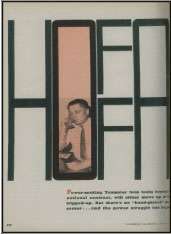
The1960s started out quietly enough – a continuation of the placid 1950s. But in 1963, President Kennedy was assassinated, and things became more chaotic with each passing year. By the time the decade was over, many people were wondering if the country was on the verge of collapse.
Flipping through the pages of CCJ from this decade, the vibrant youth culture of the decade is barely acknowledged. Hippies are as rare as hen’s teeth and usually only represented as the punch line in ads of the time – if they’re seen at all.
On the other hand, it’s clear that CCJ’s editors possessed a near obsession with the trials and tribulations of the International Brotherhood of Teamsters – and particularly the antics and actions of one Jimmy Hoffa, who was elected the union’s general president in 1958. Hoffa was Public Enemy No. 1 in CCJ’s eyes, as he worked over two decades to organize local union truck drivers into one of the country’s most powerful labor organizations.
As Hoffa’s success grew, so too did his legal problems. And it was with a sense of barely contained glee that CCJ reported on his 1964 conviction for jury tampering, fraud and bribery – and the subsequent appeals and jail time that followed.
Cultural upheaval aside, the 1960s were a vibrant time for trucking. Fuel prices were low, and the classic “big rig” configuration was perfected, ushering in an era of technological innovation, unprecedented comfort and productivity for the industry.
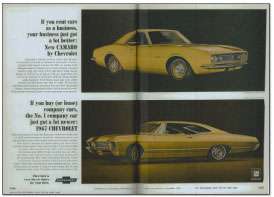
At this stage of the game, CCJ still covered passenger cars as well as trucks. And considering the 1960s were the golden age of the muscle car, you could come across some pretty sweet machines flipping through the pages of the magazine.
The times they were a-changin’
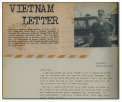
Also at the root of discontent in the country during the ’60s was the Vietnam War. As it happened, CCJ associate editor Bob Howell’s son, Peter, was a U.S. Army captain on the ground at Quinhon, Vietnam – a port on the South China Sea. At the behest of his father, Captain Howell became an “embedded” CCJ photojournalist, reporting on the realities of the war, including the use of reefers to haul ice cream out to advanced bases – and using the same reefers to bring dead soldiers in body bags back to the rear areas for processing home.
And for the first time, Americans began to think “green,” although that particular term remained about 40 years away from being coined. Still, as traffic congestion increased, more and more Americans became concerned about pollution – most noticeably smog. As a result, anti-smog legislation and equipment were starting to appear on CCJ’s radar by the late ’60s – much to the consternation of the magazine’s editors.
See ya, ICC
In 1967, the U.S. Department of Transportation was established. The mission of the new agency, which absorbed both the Federal Highway Administration and the Interstate Commerce Commission, was and remains to “serve the United States by ensuring a fast, safe, efficient, accessible and convenient transportation system that meets our vital national interests and enhances the quality of life of the American people, today and into the future.” Later that year, CCJ already was casting doubts on DOT’s ability to regulate the trucking industry fairly.
Jake Brake arrives, noise ordinances to follow
In 1961, diesel innovator Clessie Cummins invented a diesel engine exhaust brake that was produced by Jacobs Manufacturing Co. and became known as the Jake Brake. Also that year, Ford introduced the Ecoline van – forerunner to today’s light-duty delivery vans.
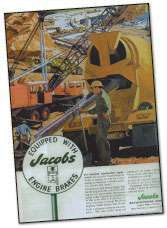
In 1966, Mack’s new Maxidyne became the first diesel engine to offer a low-rpm high-torque-rise power curve, developing almost constant horsepower between 1,200 and 2,100 rpm. This power curve drastically reduced the need for gear shifts, which in turn led to the development of transmissions with fewer gears as other engine manufacturers followed Mack’s lead.
In 1968, Brown-Lipe (by this time a Spicer division of Dana) introduced an early angle-spring double clutch plate. The new clutch plate dramatically reduced driveline vibration and clutch pedal effort. n
Visit www.CCJ100.com for an in-depth timeline detailing news and events in the trucking industry from this decade and share your company’s history.


